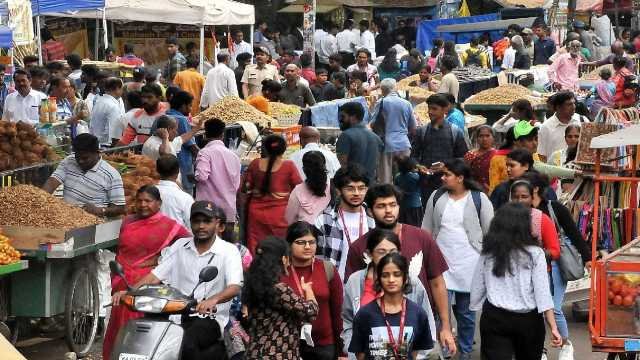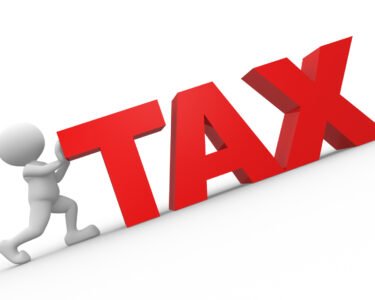Title: “Decades of Political Pledges Yield Results: India Achieves Historic Low in Poverty Levels”
In 1971, Indira Gandhi assumed office with a commitment to eliminate poverty, a slogan later echoed by Rajiv Gandhi and Narendra Modi. Despite successive governments championing anti-poverty initiatives, the latest statistics reveal that India’s poverty rates are now at an unprecedented low. Official consumption expenditure data for 2022-23, the first survey-based poverty estimates in a decade, illustrate the positive trend.
India employs two methods to gauge consumption expenditures: Uniform Recall Period (URP) and Modified Precision Mixed Recall Period (MMRP). The nation has officially adopted MMRP based on the 2022-23 survey. Annual real per capita consumption has risen by 2.9% since 2011-12, with rural areas experiencing more significant growth at 3.1% compared to urban areas at 2.6%. A recent State Bank of India (SBI) study indicates a national poverty rate of approximately 4.5% to 5% in 2022-23, showcasing a considerable reduction since 2011-12.
The SBI study, utilizing the latest Household Consumption Survey, reports a decline in both rural and urban poverty. Rural poverty decreased from 25.7% in 2011-12 to 7.2% in 2022-23, while urban poverty declined from 13.7% to 4.6% during the same period. NITI Aayog’s report underscores that 24.82 crore Indians have transcended the poverty line in the past nine years, with Uttar Pradesh, Bihar, Madhya Pradesh, and Rajasthan witnessing the most significant declines.
Multidimensional poverty has fallen by 17.89% in the last nine years, according to the NITI Aayog report, indicating progress from 29.17% in 2013-14 to 11.28% in 2022-23. Government programs, particularly targeting weaker sections of society, are credited with this decline. The report emphasizes the significant decrease in rural poverty (440 basis points) since 2018-19, with a slight dip in urban poverty (170 basis points) post-Covid-19.
While the study commends government initiatives for their impact on rural poverty, it also highlights the need to update the poverty line. The current lines, set at Rs 1,622 for rural areas and Rs 1,929 for urban areas, consider inflation and changes in economic conditions. Despite positive strides, the report suggests that the poverty line calculation, unchanged since 2014, needs revision to align with the evolving economy and spending patterns.
Surprisingly, rural areas have experienced higher consumption growth, attributed to government initiatives like the national mission for infrastructure development and access to essential services. Robust efforts in rural water supply have contributed to a significant increase in access, from 16.8% in 2019 to 74.7% currently. These improvements, coupled with targeted policies in underdeveloped districts, showcase a comprehensive approach to poverty reduction.
In conclusion, India’s substantial progress in poverty reduction is a result of effective government support, changes in spending behavior, and a focus on key development indicators. The study suggests a need for ongoing efforts to update poverty calculations and emphasizes the importance of adapting strategies to the evolving economic landscape.







